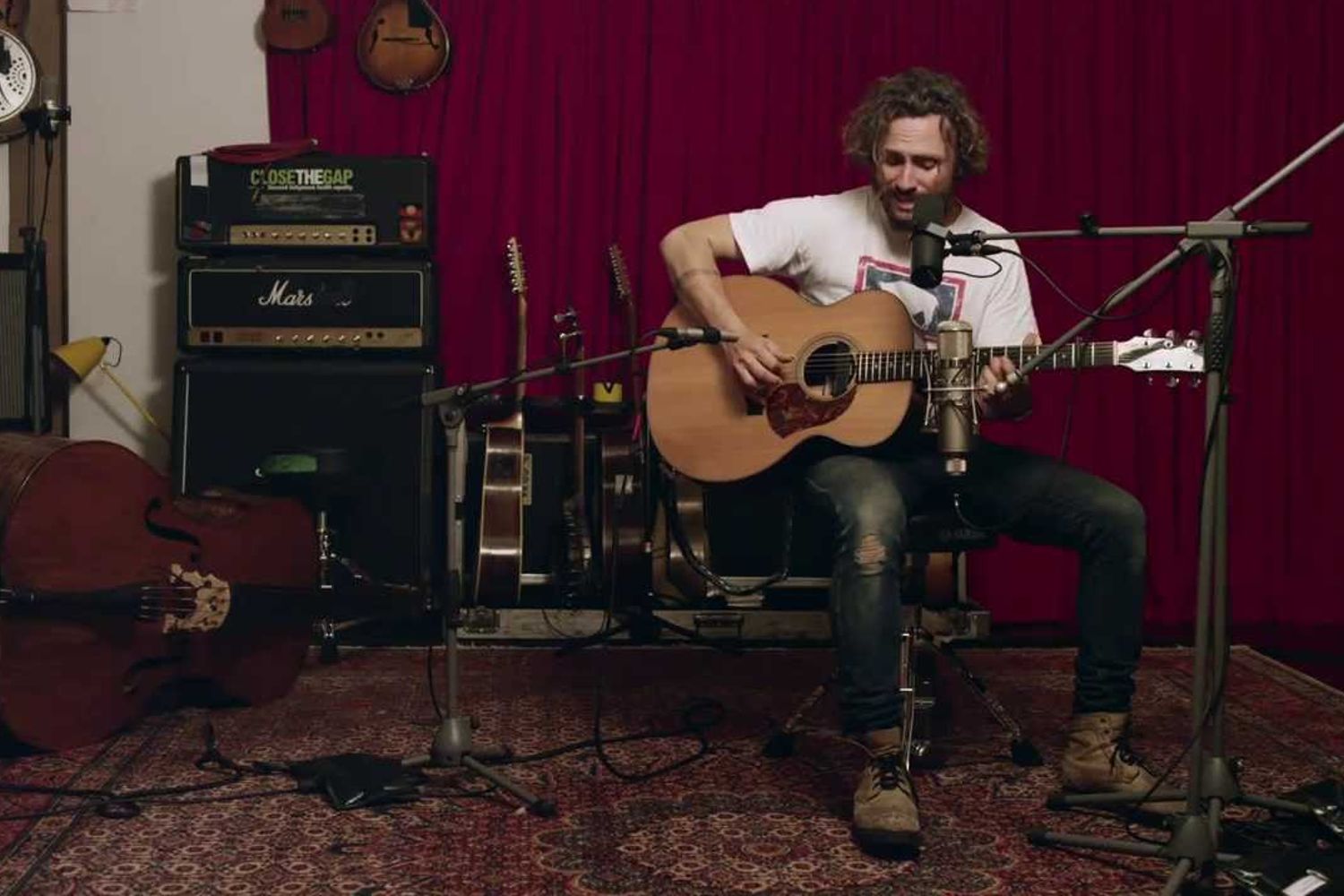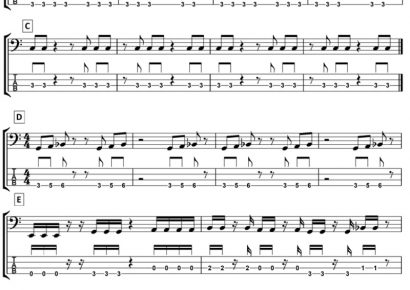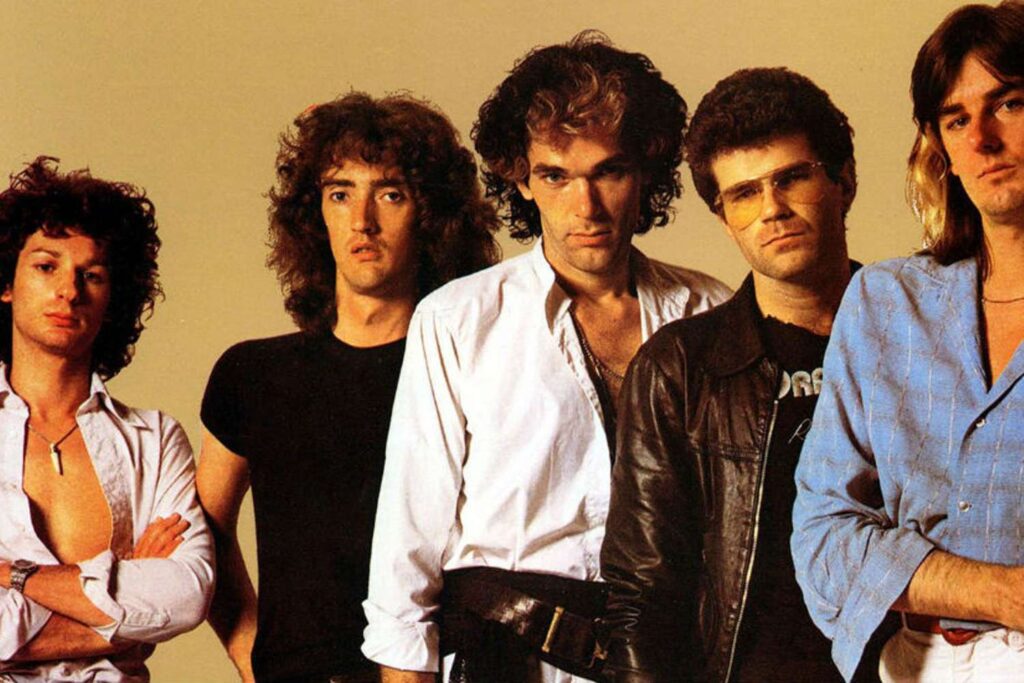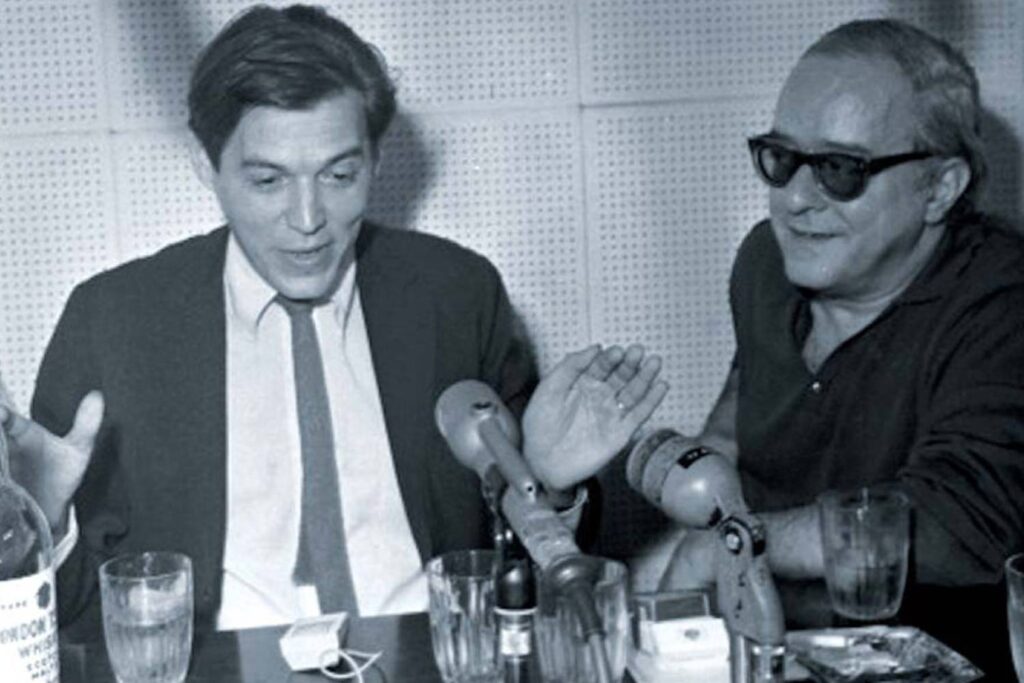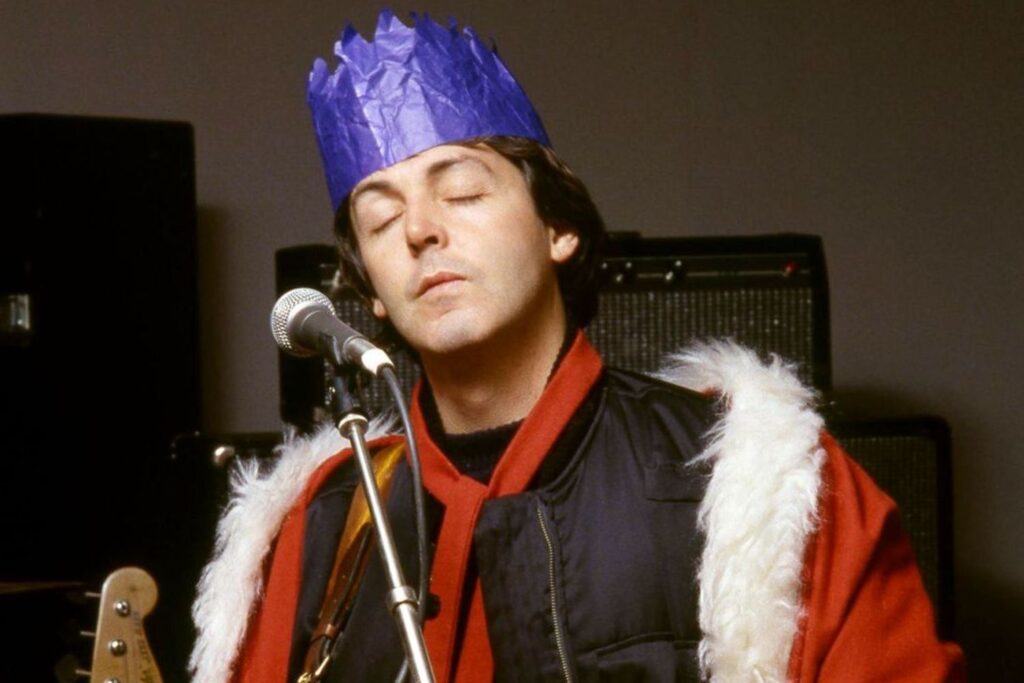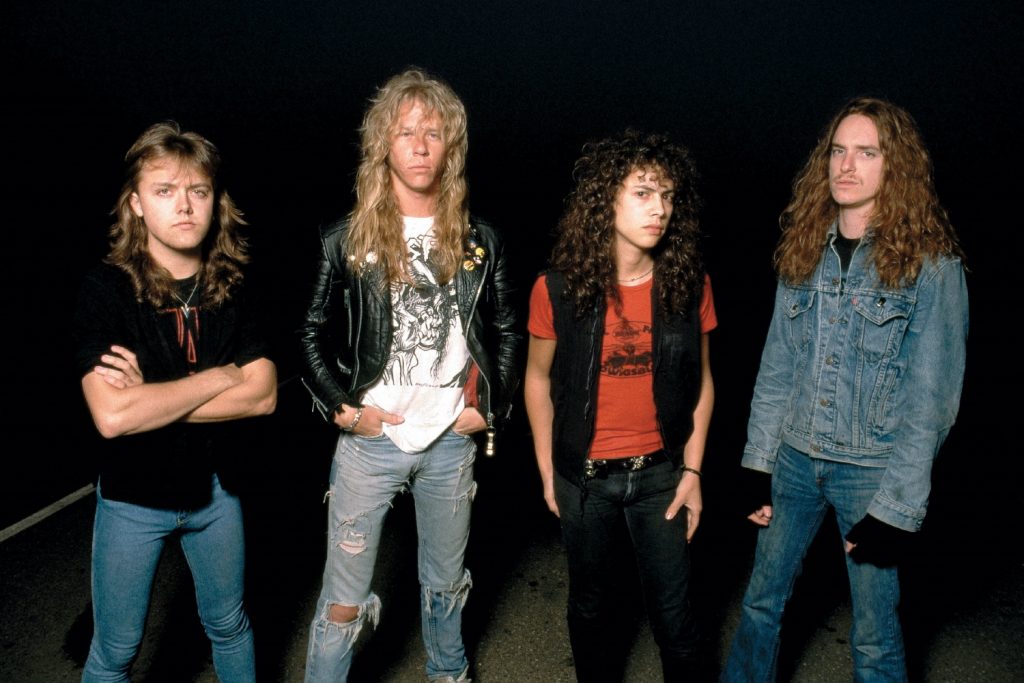An Aussie icon
One of Australia’s most talented guitarists and well-loved musicians, there’s really only one word to describe John Butler: incomparable.
Since his humble beginnings as a dreadlocked skater busking on the streets of Fremantle, Butler has gone on to release a myriad of studio and live albums with the John Butler Trio and by himself, achieving worldwide success as an independent artist and cementing himself as one of the finest guitarists of the modern age.
Read all the latest features, columns and more here.
We look at the assortment of gear that helped shoot John Butler into superstardom.
Guitars
Maton CW-80 12 String Acoustic Guitar
This battered Australian made acoustic guitar has been used by Butler on just about every live tour and studio album he’s been involved in over the span of twenty years. “This is the corner stone of what I do, and the guitar I used to busk with on the streets of Fremantle 15 years ago,” said Butler to Total Guitar. “It’s still my go-to guitar; I’ve tried to retire it four times, and she still comes back.”
Tuned to his preferred tuning of Open C (C,G,C,G,C,E), Butler’s Maton CW-80 is actually modified to be an eleven string guitar, with Butler removing the ‘ridiculous’ high G string due to its sharp sound and tendency to break and replacing the G tuning peg with an ornate scroll carving upon the headstock. All of Butler’s acoustic guitars are installed with two seperate pickups, with a Seymour Duncan magnetic sound hole pickup and a Maton AP-5 piezo under the bridge to source his beefy overdriven acoustic tone.
Maton SRS70J Acoustic Guitar
As an international brand ambassador, Butler can be seen repping various Maton acoustics onstage across the globe, and received a six string SRS70j Jumbo and another SRS/70 twelve string acoustic from the renowned Australian manufacturers around the recording of 2014’s Flesh and Blood.
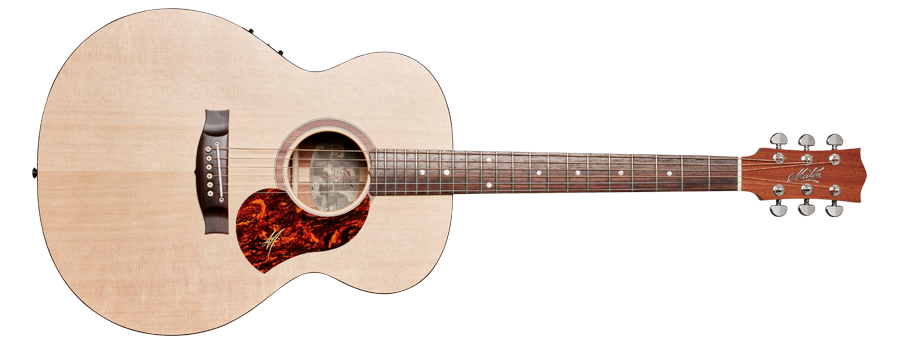
Carson-Crickmore Weissenborn Guitar
The Weissenborn was a unique slide guitar concept created in the 1920s that featured a hollow neck, effectively making the instrument a highly adapted body chamber suited for slide playing. Butler owns a custom made Australian blackwood Weissenborn built by Victorian luthier Phil Carson Crickmore, which can be prominently heard in his swamp-stomping track ‘Treat Yo Mama.’
Model D National Resonator
While Butler actually owns an original square neck 1930’s Dobro guitar that he inherited from his grandfather, he tends to tour with a National Model-D reissue resonator model, which is typically tuned to either Open G or Open D.
Harmony Meteor
Despite being known for his virtuosic acoustic guitar playing, Butler has started experimenting with electric guitars more frequently on his latest studio releases, utilising a 1960’s Harmony Meteor on more recent tracks such as ‘Livin’ In The City’, praising the vintage instruments Dearmond Gold Foil pickups in an interview with Total Guitar. “What’s really special about these kind of guitars – whether they be Harmony, Silvertone or Kay – is they run this DeArmond Gold Foil pickup,” he said. “They’re very trashy and fat. They’ll give you anything from country to a Black Sabbath kind of sound.”
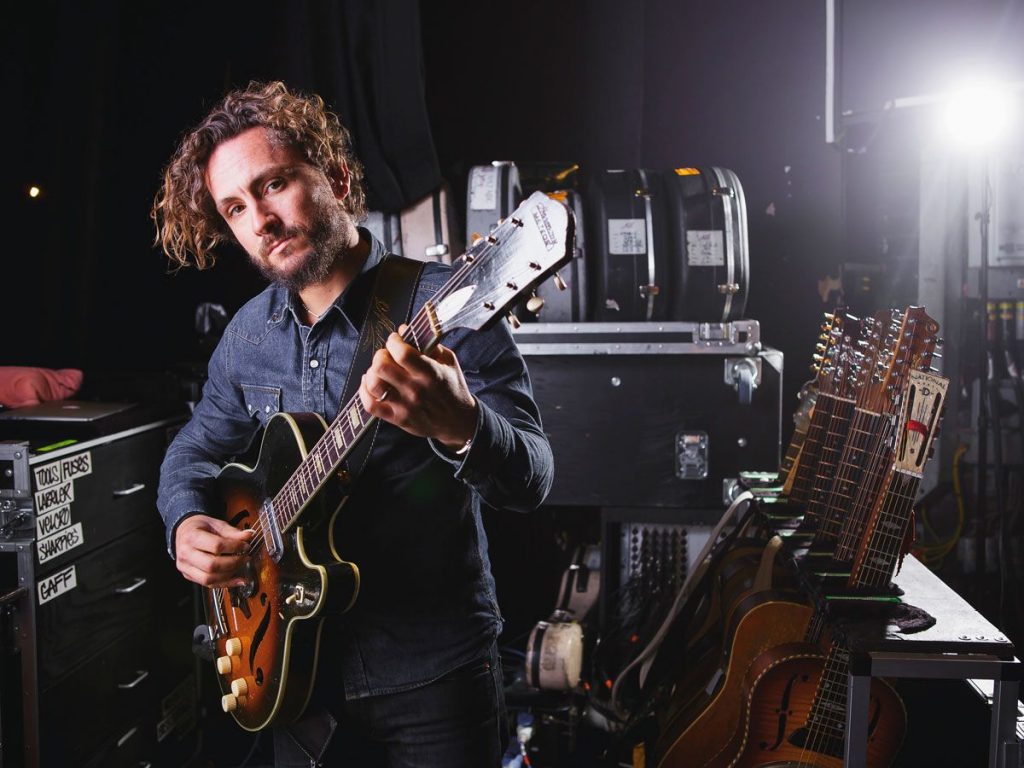
Fender Telecaster
For his solid-body electric tone, Butler either uses a ’72 Deluxe Reissue Telecaster in a Sunburst finish or a newer Arctic White American Standard Telecaster, favouring the hot-wound pickups on the Hendrix inspired jam ‘Blame It On Me’.
1930’s Bacon Banjo
Okay… so it’s not a guitar, but seriously, John Butler can really shred the banjo. He plays an Australian made Bacon 5-string model on tracks like ‘Better Than’ and ‘Ragged Mile’, which is fitted with both a magnetic mic pickup and a piezo pickup at the bridge, and stuffed with foam to prevent the instrument from feeding back through his hefty electric rig.
Amplifiers
Marshall JMP 100w HEAD + 4×12 200w Cabinet
One of Butler’s defining features is his unique blend of earthy acoustic tones with modern conventional effects, creating a distinctive guitar tone through an intricate amplification setup. Butler’s preferred amplifier is a 100 watt Marshall JMP, with the bass and gain knobs cranked to ten and the middle and treble knobs around the halfway mark. In an interview with Guitar Player, Butler explained how he manages his dual pickup acoustic guitar tone through a series of preamps and channel splitters.
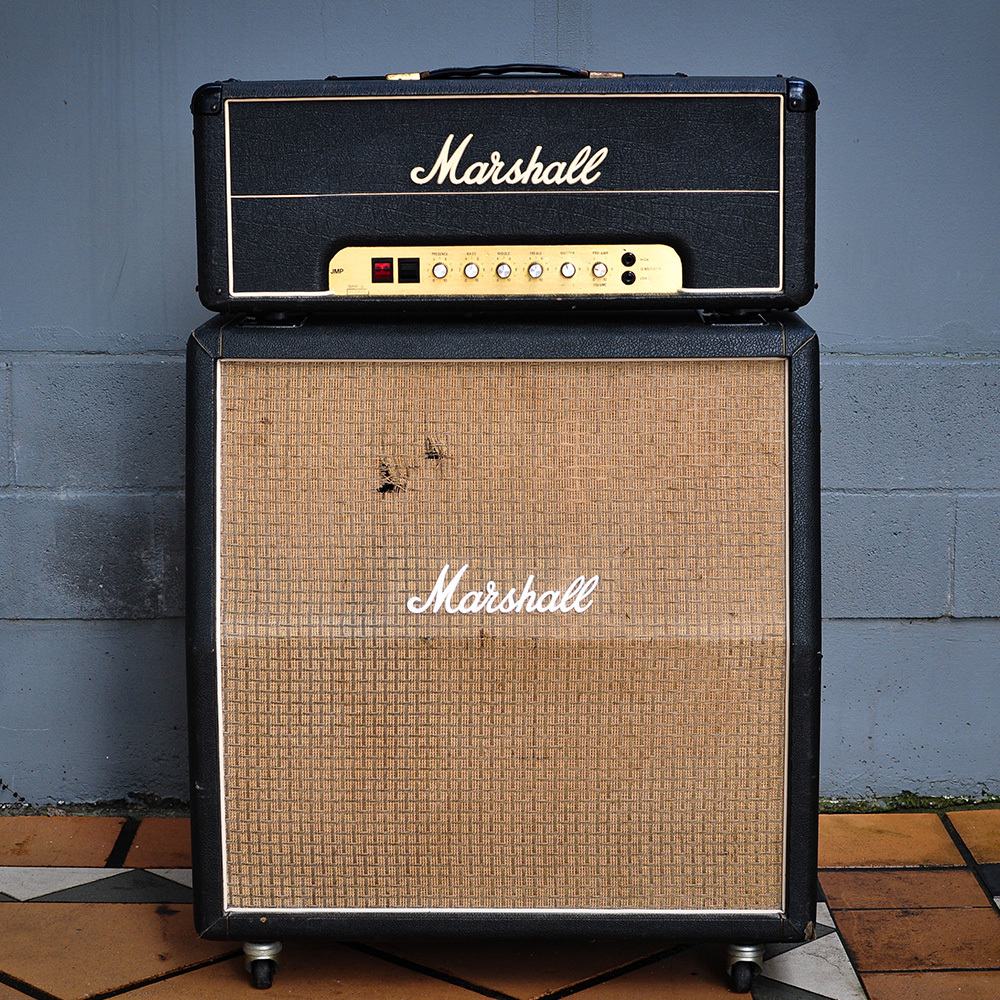
“The magnetic pickups and the other pickups and mics follow separate signal paths,” said Butler. “One for the pure acoustic sound that goes to the P.A., and one that eventually gets routed into the Marshall. The signal path involves an Avalon M5 microphone preamp, an Avalon U5 instrument preamp/DI, a Midas XL42 mixer, and some other components.”
From there, Butler’s magnetic pickup signal also gets routed through his main pedalboard, while the signal that feeds the Marshall is routed through a simpler overdrive/volume pedal setup.
Butler also began touring with a Fender DeVille 4×10 combo following the release of Flesh and Blood, using the amp for the reverb-laden clean tones heard across the album.
Effects
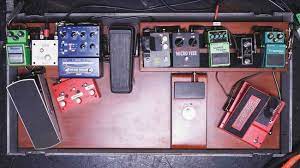
In this picture from the John Butler Trio’s 2014 US tour, you can see Butler’s effects chain, comprising of an Ernie Ball Volume Pedal, a Maxon OD-9, a DigiTech Whammy, a Lehle switching pedal, a Wolftone Stompboard, Akai E2 Head Rush, Jim Dunlop 95Q Cry Baby, Caroline Guitar Company Kilobyte Lo-Fi Digital Delay, Voodoo Lab Micro Vibe Leslie speaker simulator, Boss PH-2 SuperPhaser, Xotic EP Booster, and a Boss TR-2 Tremolo.
While he now uses a Wolftone Stompboard for foot-stomping, previous iterations of Butler’s wooden pedalboard consisted of a large hollowed out section with a Shure SM-57 placed within, proving to be an essential self-accompanied percussive tool when playing solo pieces such as ‘Ocean.’ You can see the empty section of his board in which the SM-57 is housed in the photo above.
Butler has also developed an affinity for the E-Bow, a handheld device which induces infinite string vibration to create a sustained, violin-like guitar effect. Butler uses the E-Bow to create looped soundscapes on April Uprising cuts ‘Mystery Man’ and ‘Revolution’.
For more John Butler content, check out or interview with him here.
